Will Bob Dylan’s Never Ending Tour ever come to an end? Two years on from the last UK tour, he’s returned, with substantially the same band, once again mostly featuring material from his brilliant album Rough and Rowdy Ways (2020). He’s a little less steady on his feet, but remains as present as ever, clearly enjoying being on stage and contact with an audience that welcomes him with love as well as uncritical adulation.
There is a routine: he mostly starts out standing beside Tony Garnier, his wonderfully supple root of a bass player, with a handheld mic, but not for long. He soon moves over to the baby grand, and leans on it, as if it were a bar counter, and he were spinning a tale. He’s no bar-room bore,though, as the stories he has to tell, recent ones and old, overflow and startle with the poetry that’s been his constant blessing for now six decades. He moves over to face the keyboard, and plays in a style made up of near-to-incoherent doodles, perfectly-timed gospel runs, and almost jazzy asides that provide an elegant (if a little halting) counterpoint to his exquisitely phrased verse.
The voice: so many of my friends have been telling me for well over a decade that they can't stand his singing any more. But I differ. He’s 83 and doesn’t pretend to be anything else. He still displays a startling range, from film noir bass to near-falsetto. He has soaked up so much blues and gospel, genres in which singers made the most of distortion, a way of singing designed to touch the heart and soul. The so-called croaking is surely in the same mode. There’s something mannered about it, but his voice has always been masked, a disguise that framed and facilitated a spirit of confession. Just listen, for example to “Gospel Plow” from the first album (1962), and “Buckets of Rain” from Blood on the Tracks (1975): it’s clear that mannerism has been his mainstay from the very start. His voice twists and turns, sometimes natural and at other times playing around with blues melisma, and country drawl. There were many who always found it unbearable, only occasionally comforted as by the soft smoothness he displayed on the countrified masterpiece Nashville Skyline (1969)
There were moments in the set at the Albert Hall when he explored the softer side of his multifaceted vocal range: on the strange and surprising song “Key West” (2020), as well as the beguiling track “It’s All over Now Baby Blue” (1965): just Bob on bar-room piano with discrete interventions from lead guitarist Bob Britt. There are no stars in the band – they are all very good, creating a rich but never showy mix of country and rock. Tony Garnier’s complicity with drummer Jim Keltner is such that they make a whole greater than the parts, laid back when they need to be, and a powerhouse when the deep blues in a song demands it. Keltner is an old Dylan acolyte, going back way longer than the bass player. Driving the pace faultlessly at times, and adding well-judged cymbal work and rim-shots in a way that never calls attention to itself. No wonder that he’s rated as the top rock drummer of our times. In a brilliantly re-vamped - if a little inappropriately hurried - version of “Desolation Row” (1965), he provided an edge-of-your-seat cavalcade of tom-toms and bass drum, directly quoting the Crickets’ drummer Jerry Allison’s work on Buddy Holly’s hit “Peggy Sue”(1957). It’s contra-intuitive, given the lyrics of the song, and yet totally thrilling.
There’s more than a trace of epigenetic heritage in his ability to dig deep into the abyss that is human nature
All through the show, it's as if Dylan were channeling the history of American 20th century music, from the earthy sensuality of Chicago blues and the sentimentality of the crooner tradition to the light-footed energy of vintage rock'n'roll. He's also channelling different versions of himself, the "multitudes" that he carries within him: from the Hibbing boy wonder through to the fantastical fury of Blonde on Blonde; from the visionary protest of the Sixties and the spiritual admonishments of his born-again Christian faith to a lengthy and courageous swan song through which Dylan has transmuted resignation and the realisation of mortality into something as visionary as the poetry of Shakespeare or William Blake.
There was nothing in the programme that came close to the fire of “Gotta Serve Somebody” as Dylan played it in Bournemouth in 2022. The music felt in comparison, a little staid, and occasionally predictable. Something of the gospel spirit at the heart of that great track from the first "Christian" album, 1979's Slow Train Coming, is present, though, in a touching version of “False Prophet” – from the most recent album: a song that speaks for Bob himself, personal and ironic and yet with universal appeal. “I am,” he sings, “the enemy of the unlived meaningless life”.
That's just what was on display at the Albert Hall – an ageing poet and musician’s proof of a well-lived life, a life of continual risk-taking and authenticity. He’s never really been anything else than courageous, and although diminished by age, the essence remains – the same otherworldly gifts that distinguished him from all his peers, and expressed an extraordinary sense for the pulse of the times. Dylan is quintessentially American – in the best way that this now so deeply fractured nation has always aspired to. He's also the carrier of ancient Jewish wisdom and pain. There’s more than a trace of epigenetic heritage in his ability to dig deep into the abyss that is human nature, and to turn that experience into something of great beauty. To make his own spiritual journey talk to anyone willing to listen.
The final song in the set, “Every Grain of Sand” (1981), is one of his very best. The audience, by this stage, were in the palm of his hand, ready for their hearts to be fully opened, touched and set alight. The brief and haunting harmonica solo, halting and yet so full of soul, communicated the vulnerability that’s been always at the core of his work. That uncanny sense of life and death, and an ability to tap into the angst and wounds we share, and the light that can be found within.

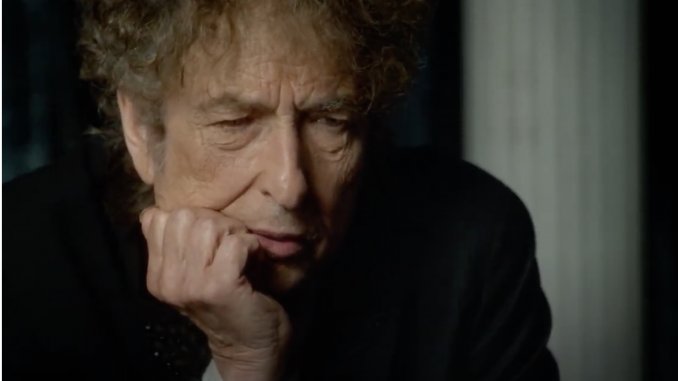








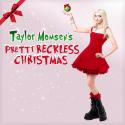

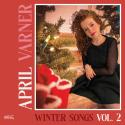
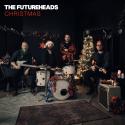
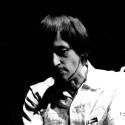
Add comment